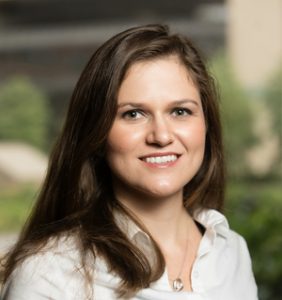
Type 1 diabetes (T1D) is one of the most common chronic diseases affecting children in the United States, impacting an estimated 244,000 young people across the country. In response to this critical public health challenge, a consortium of research institutions has come together to develop a uniform protocol, or standard process, for investigating neurocognitive consequences of onset of the disease in children.
Thanks to funding support from the National Institute of Diabetes and Digestive and Kidney Diseases, a new Biostatistics Research Center (BRC) will provide scientific leadership on many aspects of the consortium’s work, such as data management and sharing, study design, and statistical analysis. As the consortium’s central hub, the BRC will also coordinate the consortium’s work, including development of the standardized protocol, training staff, and managing data collection across clinical sites.
Composed of researchers from across the UMN, the BRC will include investigators from SPH’s Coordinating Centers for Biometric Research within the Division of Biostatistics and Health Data Sciences, the Masonic Institute for the Developing Brain, and the Advanced Research and Diagnostic Laboratory.

“The BRC’s goals are to lead the consortium’s efforts to better understand the effects of T1D on the developing brain, inform prevention and intervention strategies, and contribute to the development of diabetes management strategies that minimize adverse neurocognitive outcomes in children and young people,” says Erika Helgeson, SPH Associate Professor who is co-leading the grant with SPH Professor Lynn Eberly. “This team of researchers from across the University of Minnesota will have a critical role in developing a study protocol and identifying risk factors associated with T1D’s impact on neurocognition in developing brains.”
The BRC will also play a key role in ensuring that families, advocacy groups, and other interested stakeholders participate in the research, both in the design of the uniform protocol and in ensuring diverse participant recruitment with an emphasis on historically underrepresented populations.

